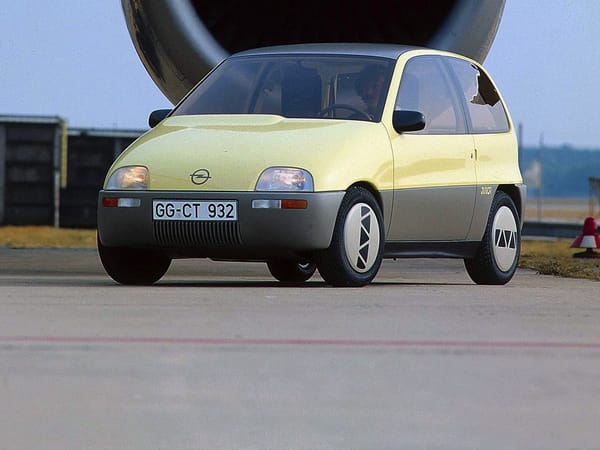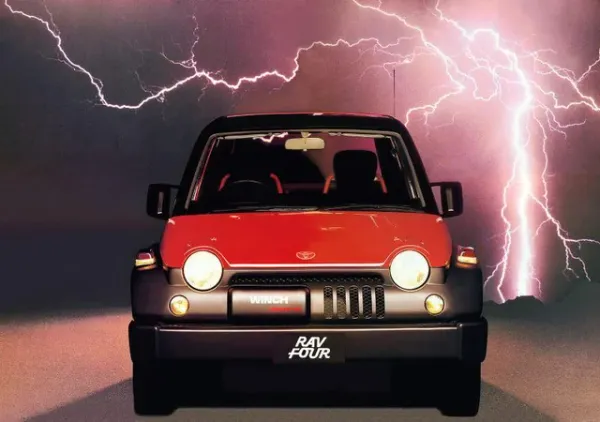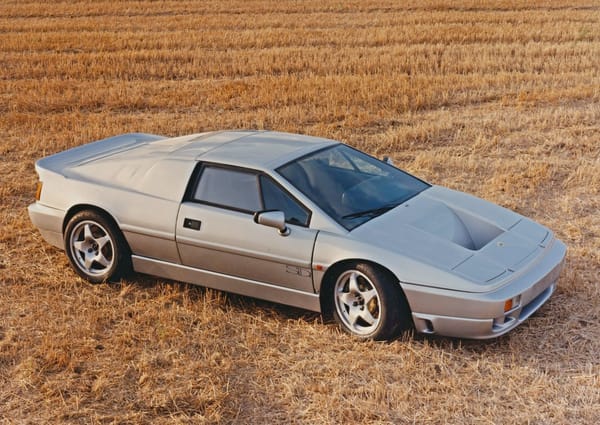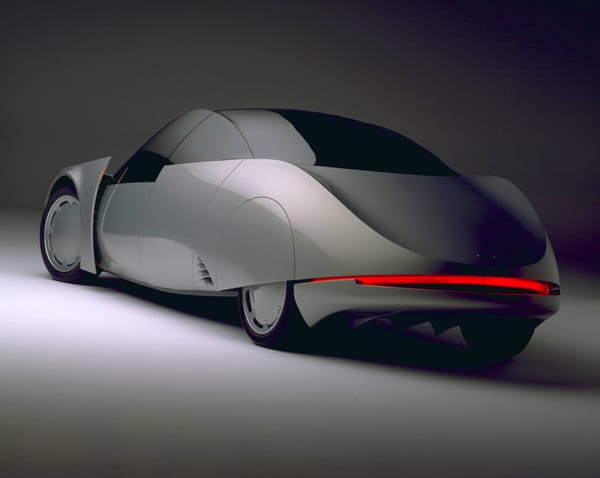Biscúter Pegasin
Car of the Day #51: 1957 Biscúter Pegasin
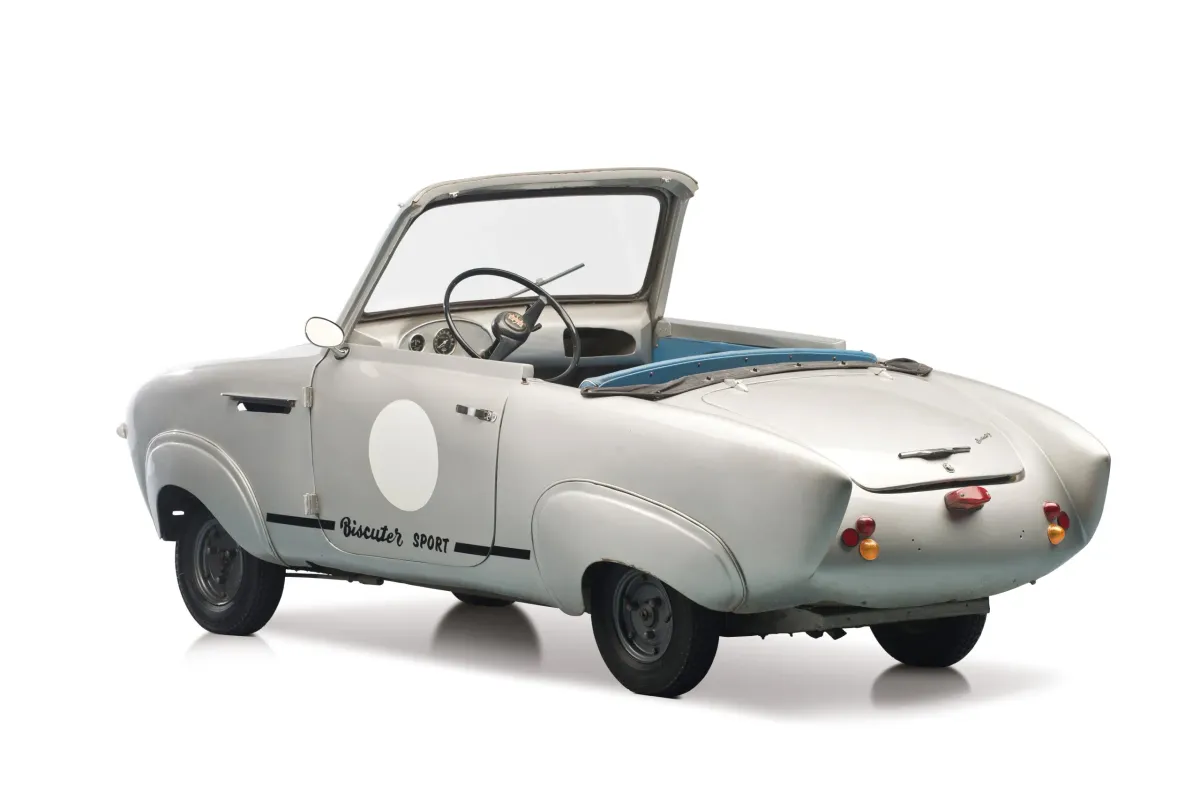
In 1957, I wager that the most iconic American car was the Chevrolet Bel Air, the most iconic French car the Citroën 2CV, the most iconic German car the Volkswagen Beetle, and the most iconic Spanish car — the Biscúter.
Bis-coo-what?
Even though I'm saying "after the war…" like James May would, I find that it's no longer a useful cultural reference point, as wars against a much weaker group of people seems to be on every authoritarian ruler’s 2024 bingo card.
Even though The Last Really Big World War isn't the most useful of reference points, the Biscúter's depressing specs should give you an indication on how Spain fared after the Second World War.
- 197-cc one-cylinder, two-stroke engine
- Nine horsepower
- Crank starter
- Three-speed manual transmission
- One-wheel drive (seriously!)
- Aluminum bodywork
- Nicknamed Zapatilla, or "Little Shoe"
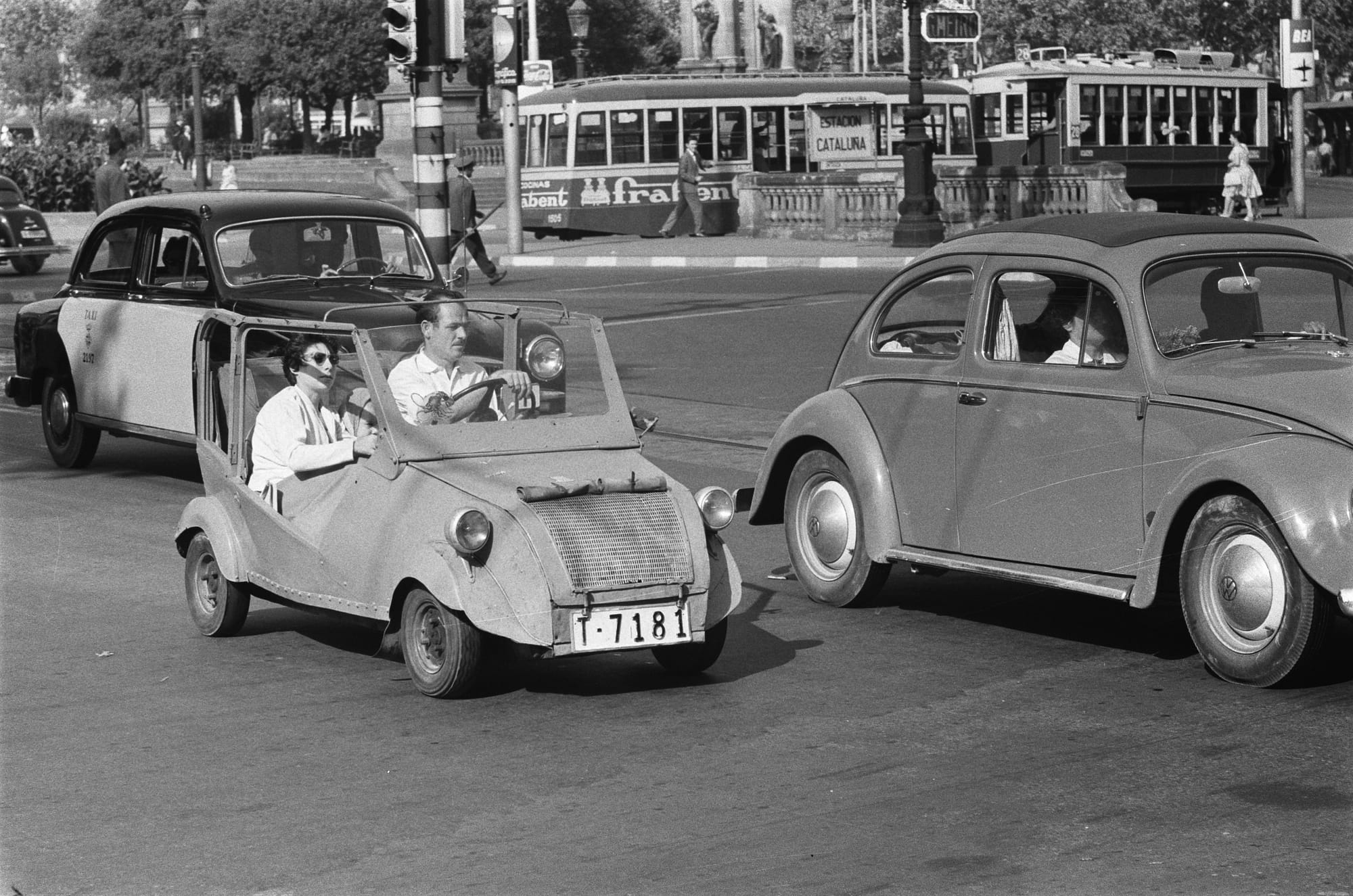
Not everyone in Spain was able to save three years’ salary to afford the Biscúter car, which sat like an ingot at the bottom of the price chart. Just as some could go Mercedes-Benz shopping abroad as if nothing had happened…
Despite post-war Spain having to grapple with severe economic restrictions, more than 10,000 copies of the Gabriel Voisin-designed runabout were sold.
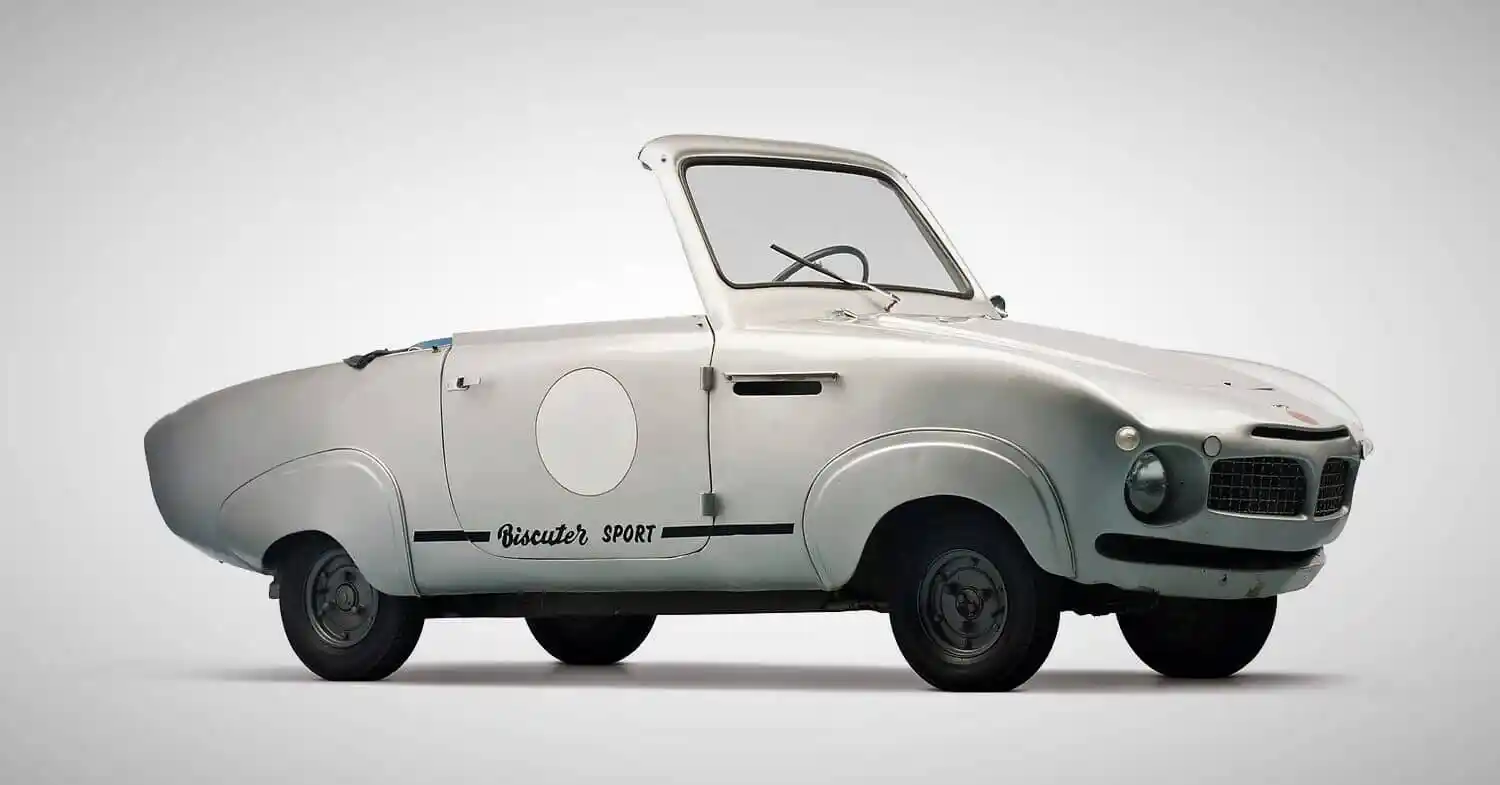
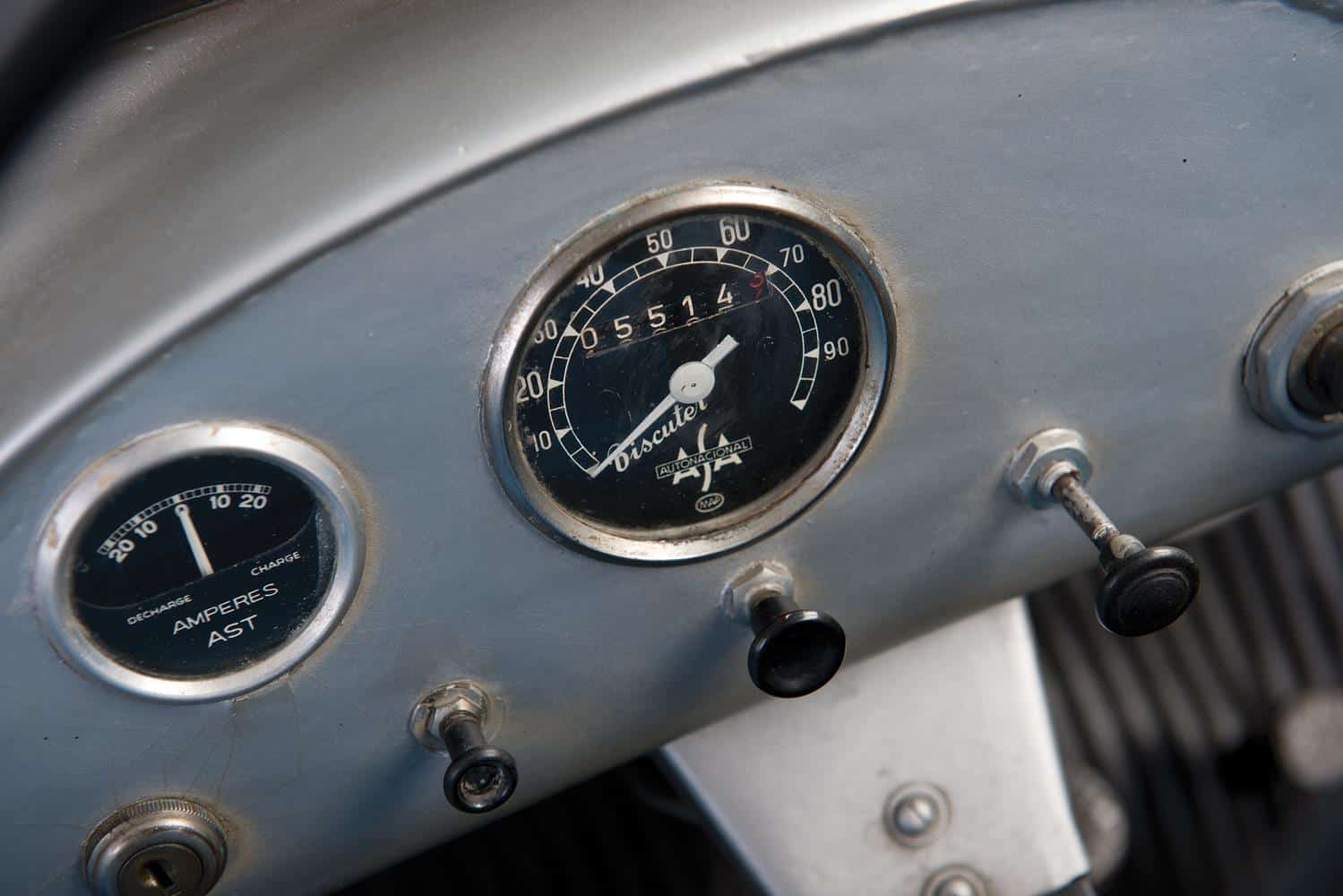
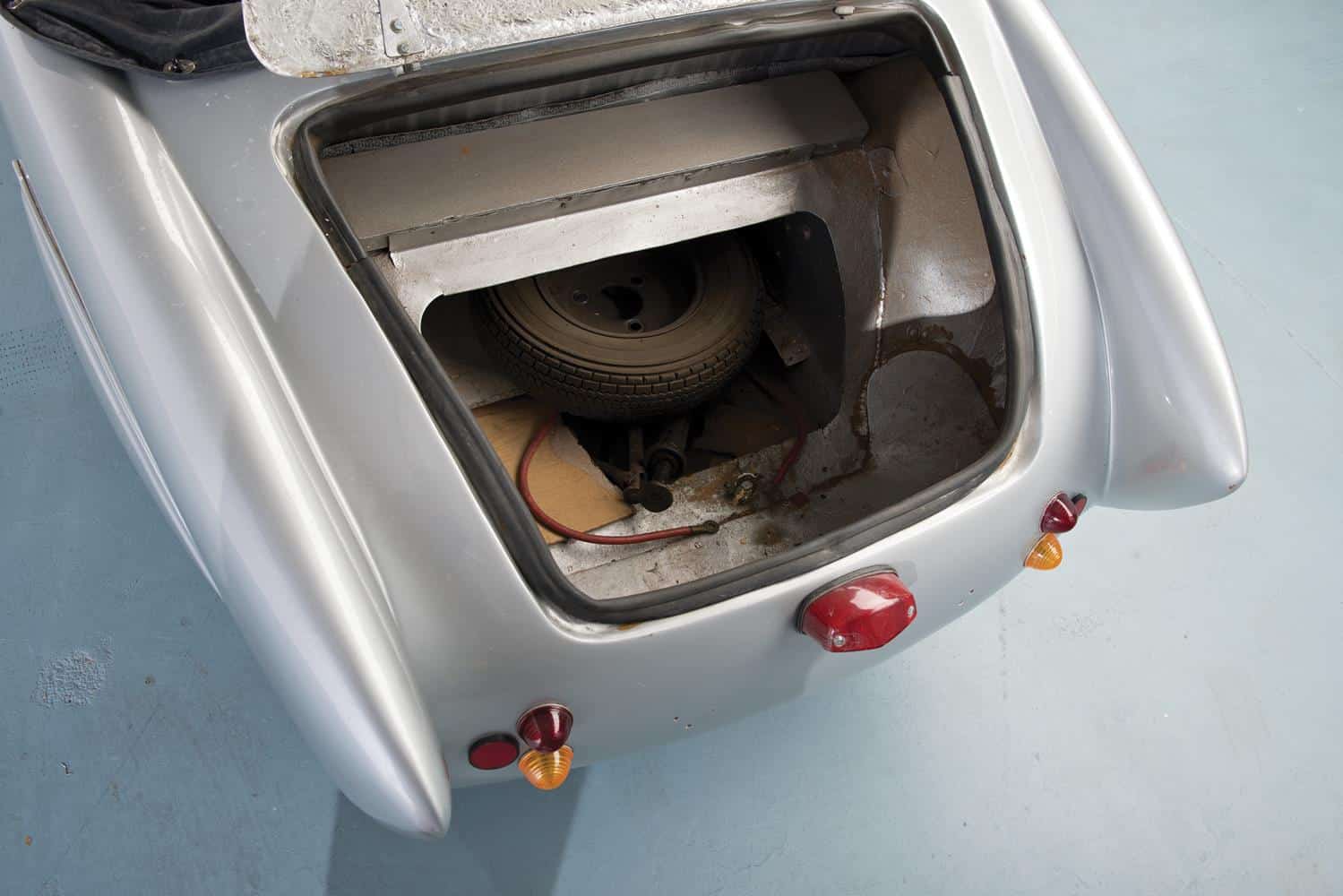
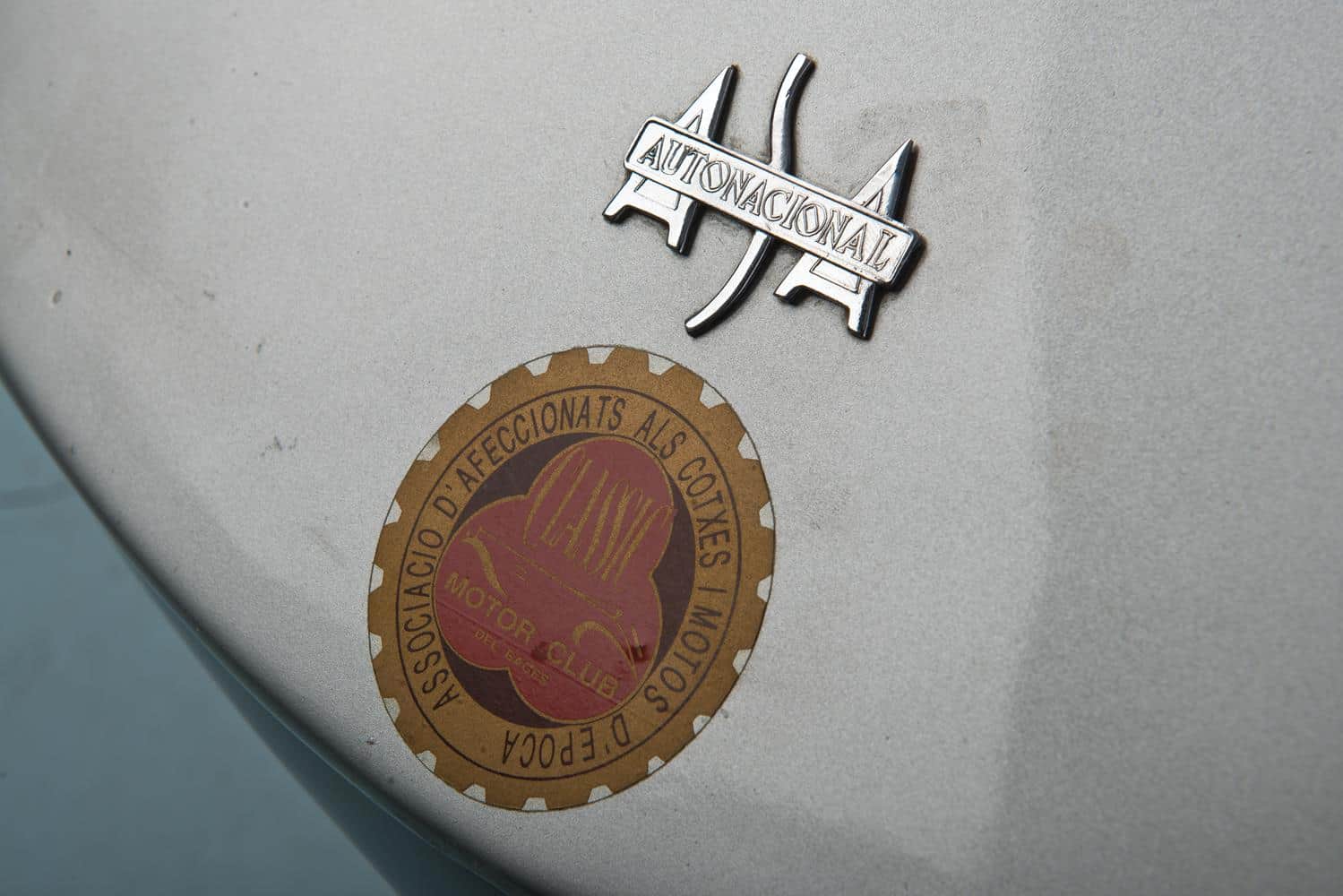
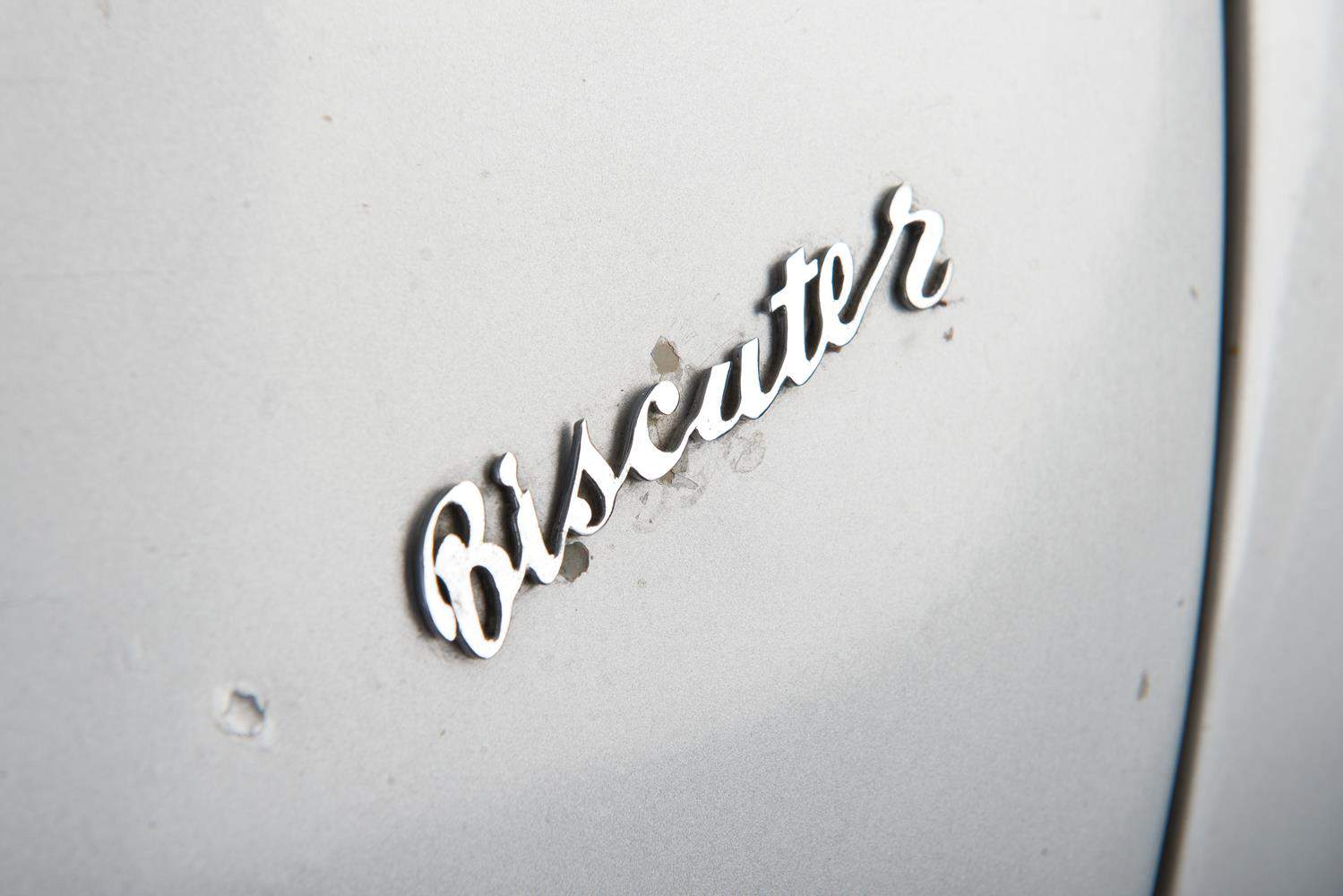
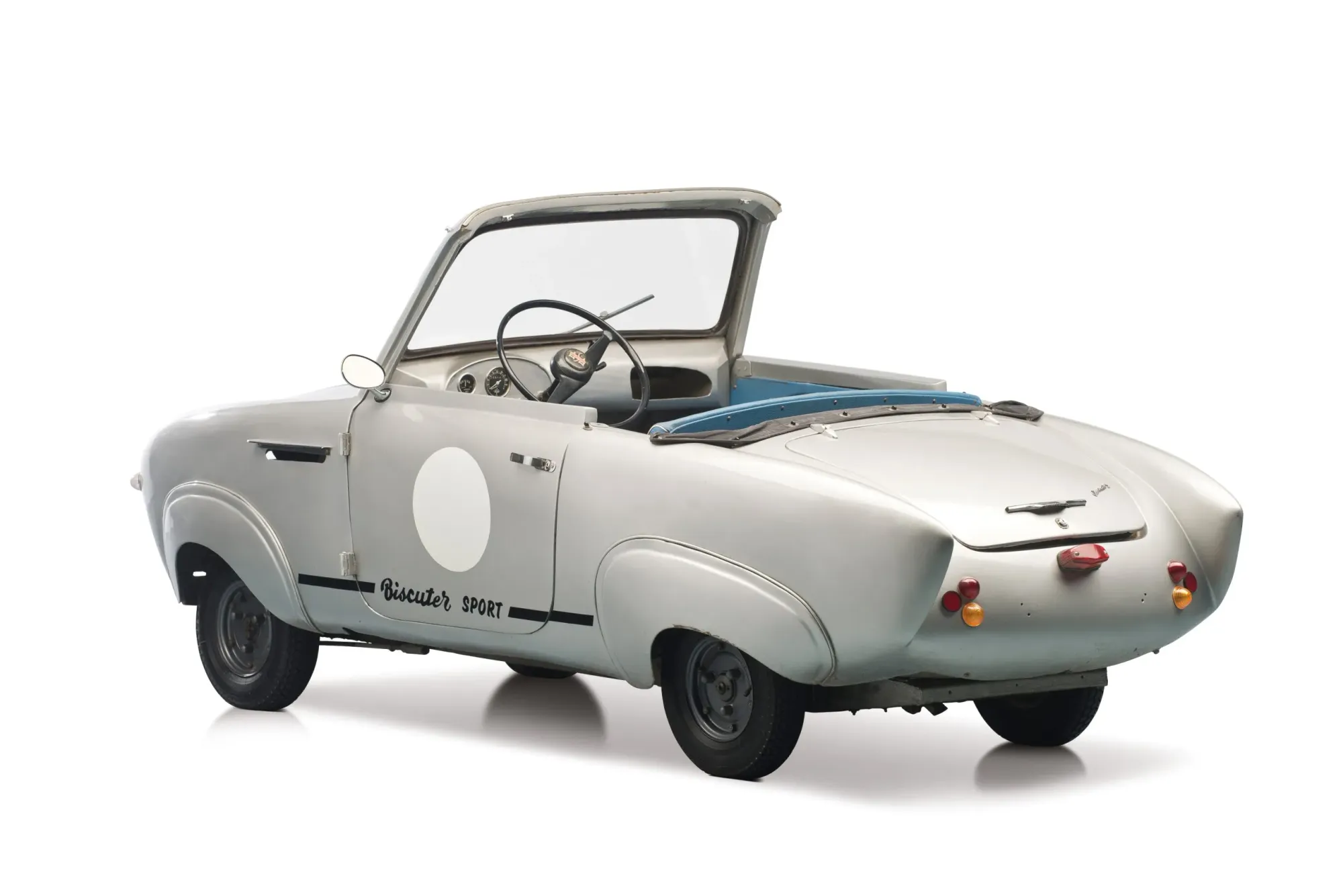
Biscúter Pegasin • via RM Sotheby's
Biscúter's parent company, Autonacional SA, saw room above the Biscúter to attract more well-heeled customers in search of a cheap runabout. The minimalist unpainted aluminum panels from the donor car wouldn't be well-received, so the company crafted a plastic body—a convertible with removable hardtop—and christened the car "Pegasin," which was a riff on "Pegaso," Spain's most famous sports car manufacturer.
Officially called the Biscúter 200-F Pegasin, the plastic bodywork didn't help improve performance: top speed was a measly 75 km/h (46 mph). That said, it was one of the sportier microcars, and is considered by some to be a micro sports car.
Frequently bought as a second car, the few made were quickly discarded as prosperity began to sweep the middle class, with drivers quickly trading up to larger, more sophisticated vehicles—and at this basic, a Citroën 2CV would have seemed like a Bentley.
After conflict decimates a region of the world, how can people get from A to B?
By whatever means necessary, at a price as close to free as the society being forced to rebuild.
SUPPORTING MEMBERS
Thank you to my supporting members: Ben B., Brad B., Chris G., Daniel G., Damian S., Daniel P., Ingrid P., Karl D., Luis O., Michael J., Michael L., Michelle S., Mike B., Mike L., Mike M., Richard W., Sam L., Wiley H.


